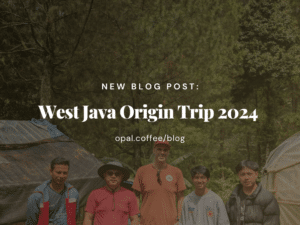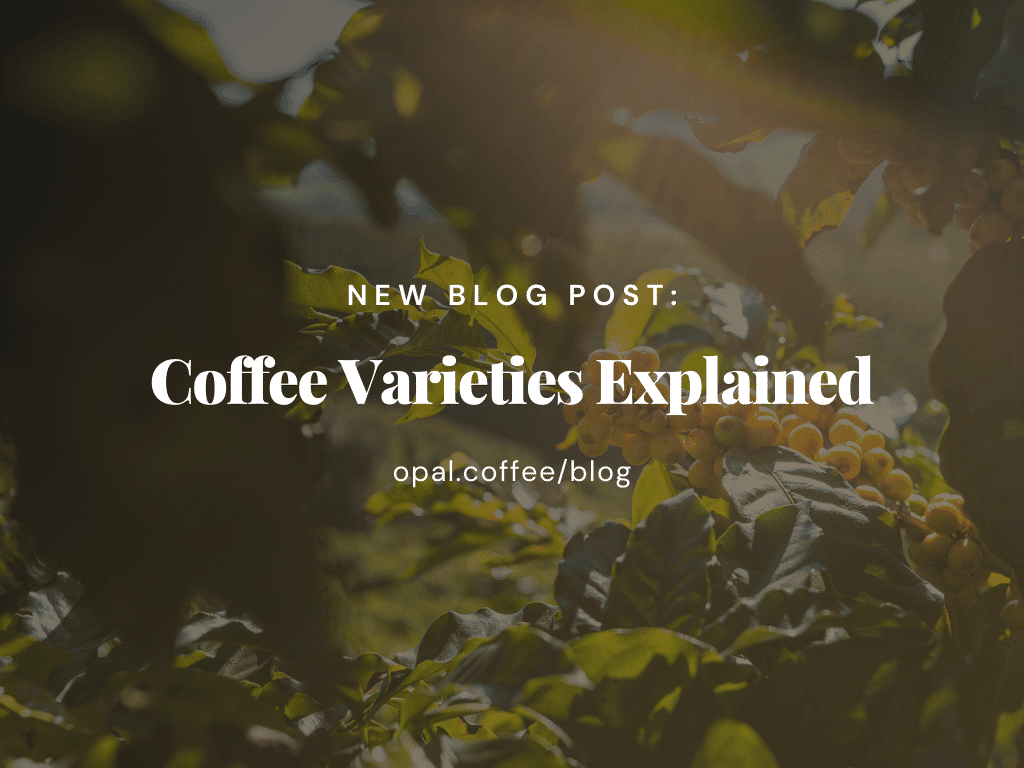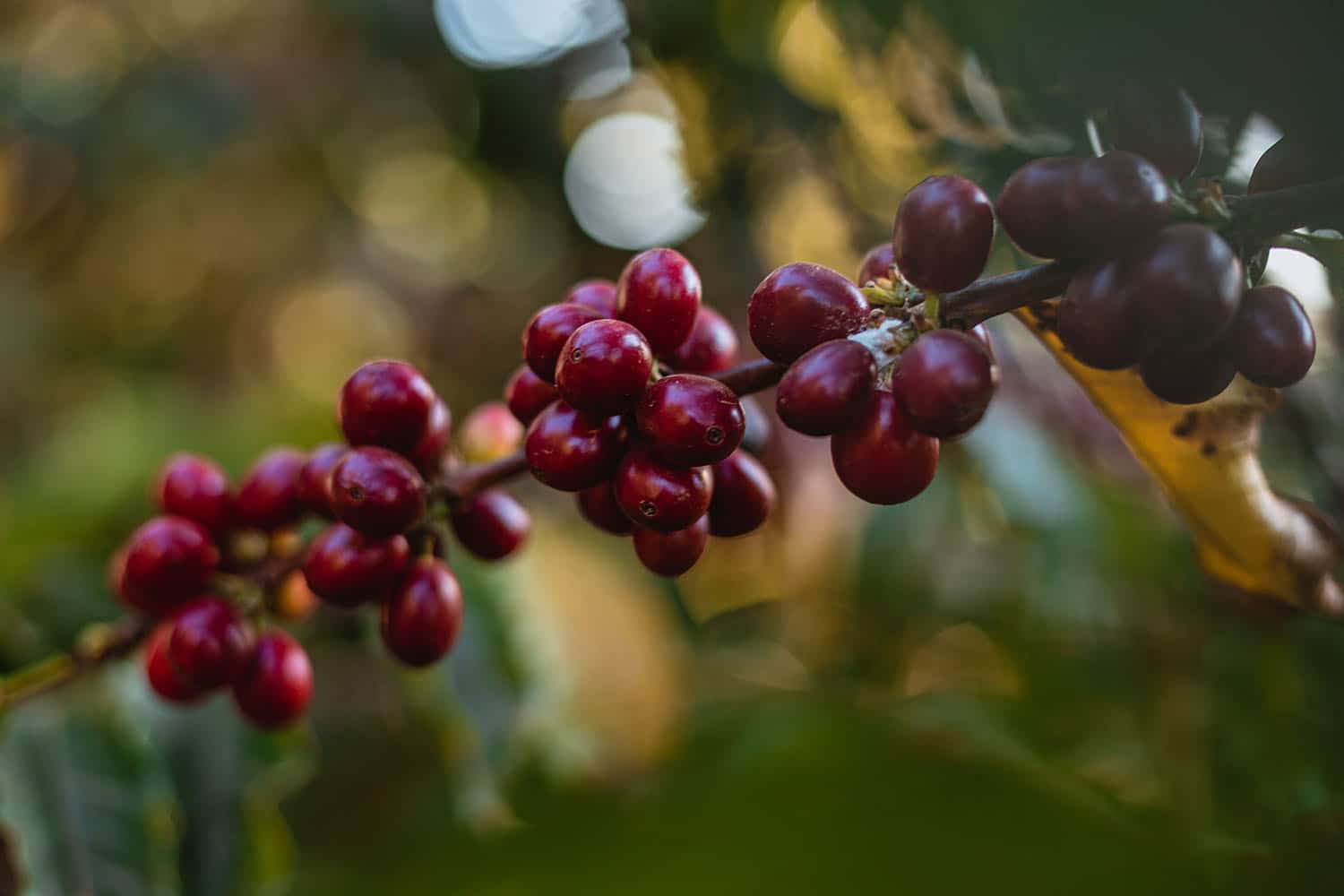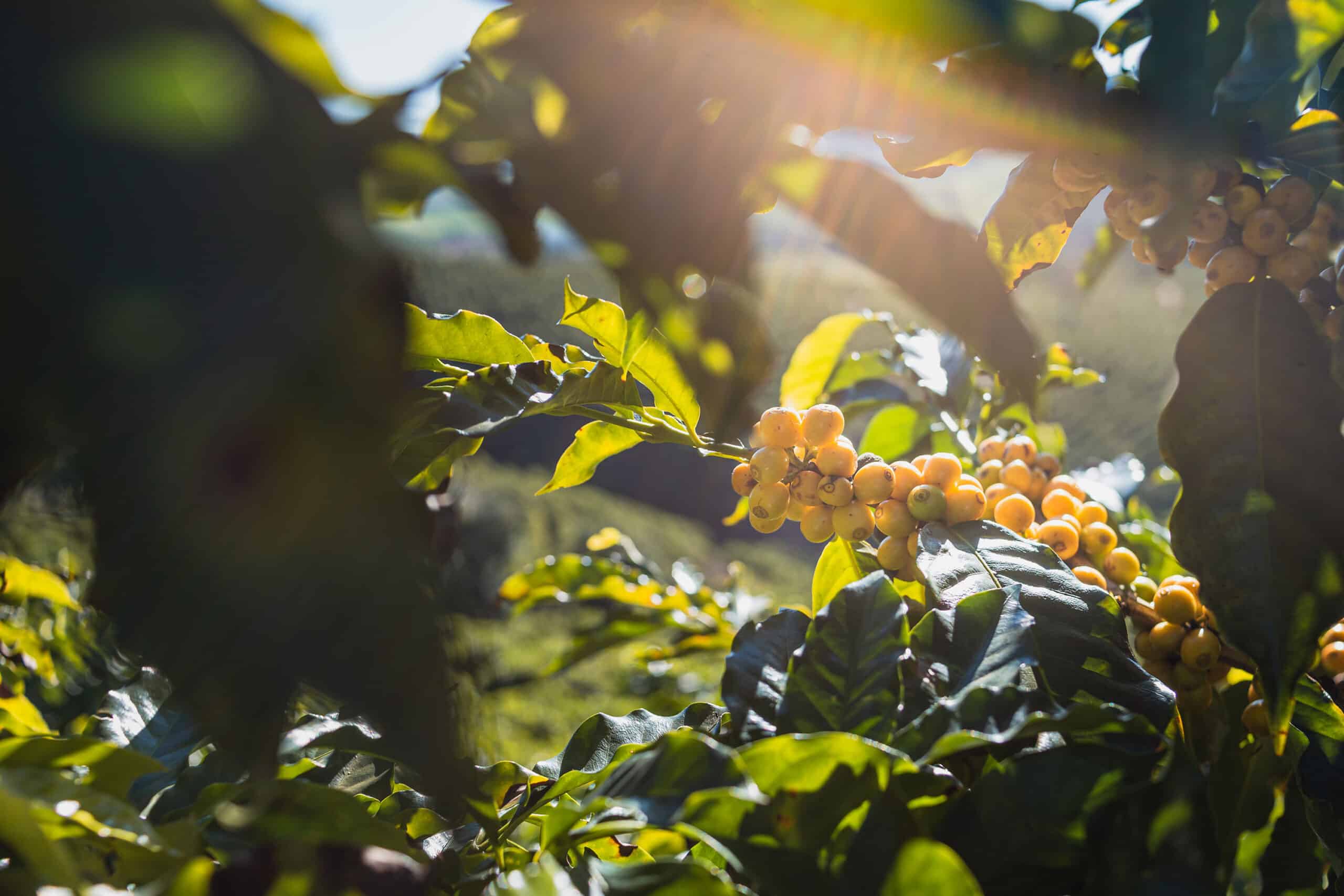
West Java Origin Trip 2024
In late October and early November, Jason (Opal BNE) and Hengky (Opal SYD) traveled to West Java to visit several coffee farms, with the goal of developing a sustainable and long-term buying plan.

The first blog of the year is going to be about understanding coffee varieties. With more than 125 coffee species, only two are commercially viable: Coffea arabica and Coffea canephora (robusta). Two other main varieties are Liberica (coffea liberica) and Excelsa (coffea excelsa).
As most are aware, in specialty coffee, the focus is primarily on Arabica coffee. Arabica is often grown at higher elevations and has more nuanced flavours than robusta and is considered higher quality coffee than robusta. We briefly touched on what makes coffee specialty in a previous post and the primary uses for robusta and/or commodity coffee. You can read more about that here.
Arabica species are often grown at higher altitudes and are more susceptible to disease and pests, making them harder to cultivate.

Let’s take apples for example. We have all seen different varieties such as granny smith, honeycrisp or Pink Lady (apples seem to be a popular comparison). These are all the same species however have different characteristics and flavours which separates them into distinct varieties. Coffee is no different. There are countless varieties and cultivars, all which contribute to the plant’s botanical lineage and genetic heritage, impacting crop performance and the overall crop characteristics. Varieties can also produce offspring naturally or human-assisted propagation.
A variety is a genetic subgroup of a coffee species that has been cultivated for certain traits.

Some well-known Arabica varieties include:
Bourbon: Known for sweet, balanced flavors and good acidity. Known for excellent quality at the highest altitude. Bourbon is also one of the older coffee varieties native to Ethiopia. Due to being one of the oldest varieties, Bourbon is the parent to many other varieties such as Caturra, Catuai, and Mundo Novo.
Typica: The foundation of many other varieties, offering a smooth, well-rounded profile. Also one of the oldest and most important varieties, Typica has a very high susceptibility to leaf rust with a high optimal growing altitude. Typica is also very susceptible to disease so it is often preferred to cultivate its offspring such as Pacamara and Mundo Novo.
Geisha (Gesha): Famous for its bright acidity, floral aromas, and fruity complexity, often regarded as one of the best coffee varieties in the world. Geisha is an Ethiopian landrace that was brought to Costa Rica in the 50s and is considered by specialty coffee consumers as a ‘celebrity.’ Geisha coffee often scores above 90 points on the SCA scoring and produces exceptional quality and with that, high prices.
SL28 and SL34: Kenyan varieties prized for their vibrant acidity and fruity, wine-like flavors. Found commonly in Kenya, Malawi, Uganda and Zimbabwe, SL comes from Scott Laboratories which is a company that the Kenyan government hired in the 30’s to create a productive and resistant coffee variety. Upon failing at this task, SL28 and SL34 were created.
Caturra: A mutation of Bourbon, it offers good yield and bright, clean flavors. A variety with good yielding and standard quality in Central America. Very susceptible to leaf rust with an optimum high growing altitude.
Conillon: Known for its intensity, bitter flavour, and high caffeine concentration, Conillon beans are frequently used to give body and bitterness to blends.
Nganda: The high yields and earthy flavor of this variety contribute to its popularity, and Nganda beans are often found in single-origin coffees.
Robusta 2: This varietal is a hybrid of Robusta and Arabica beans. While it contains less caffeine than Robusta, it still offers a bold, bitter flavor. Robusta 2 beans are commonly used in blends to enhance body and bitterness without being overly intense.
Knowing about coffee varieties and cultivars won’t tell us everything we need to know about the expectation of flavour and performance; however, it will give us a good indication.

In late October and early November, Jason (Opal BNE) and Hengky (Opal SYD) traveled to West Java to visit several coffee farms, with the goal of developing a sustainable and long-term buying plan.

We recently had some Mountain Water Process Decaf land in New Zealand and we thought this would be a great opportunity to provide some information on the two types of Decaf that we currently have in our warehouses.
© Copyright Opal Coffee 2025. All Rights Reserved | Privacy Policy — Designed by Hoot Media
